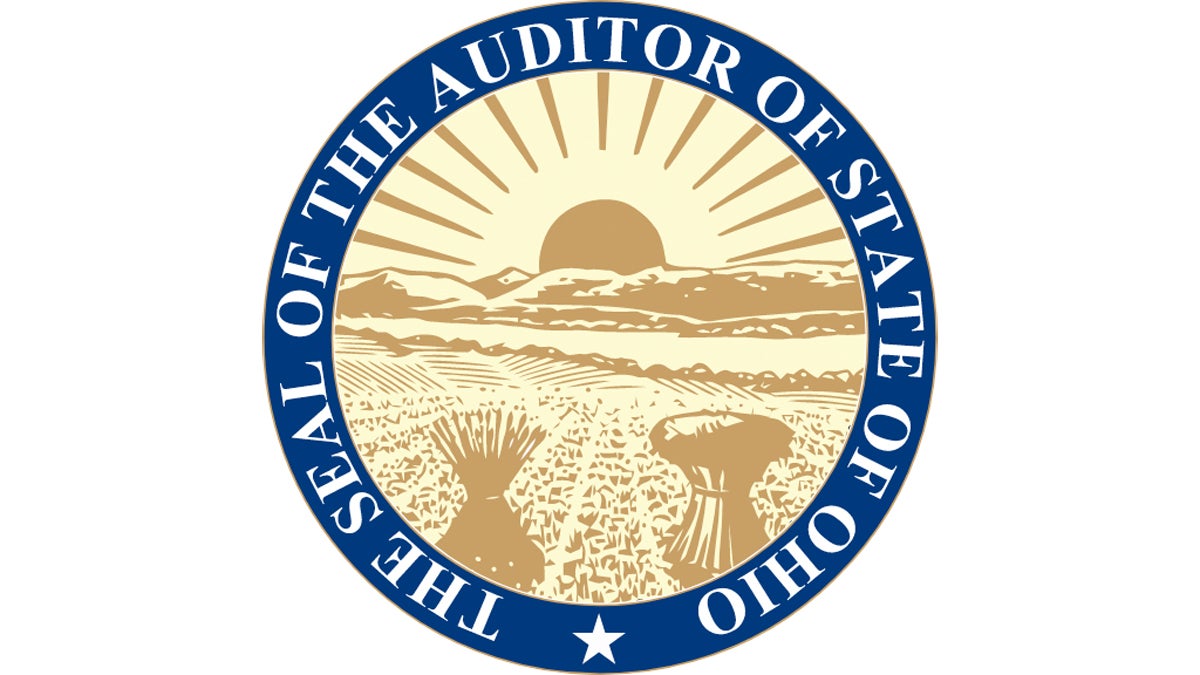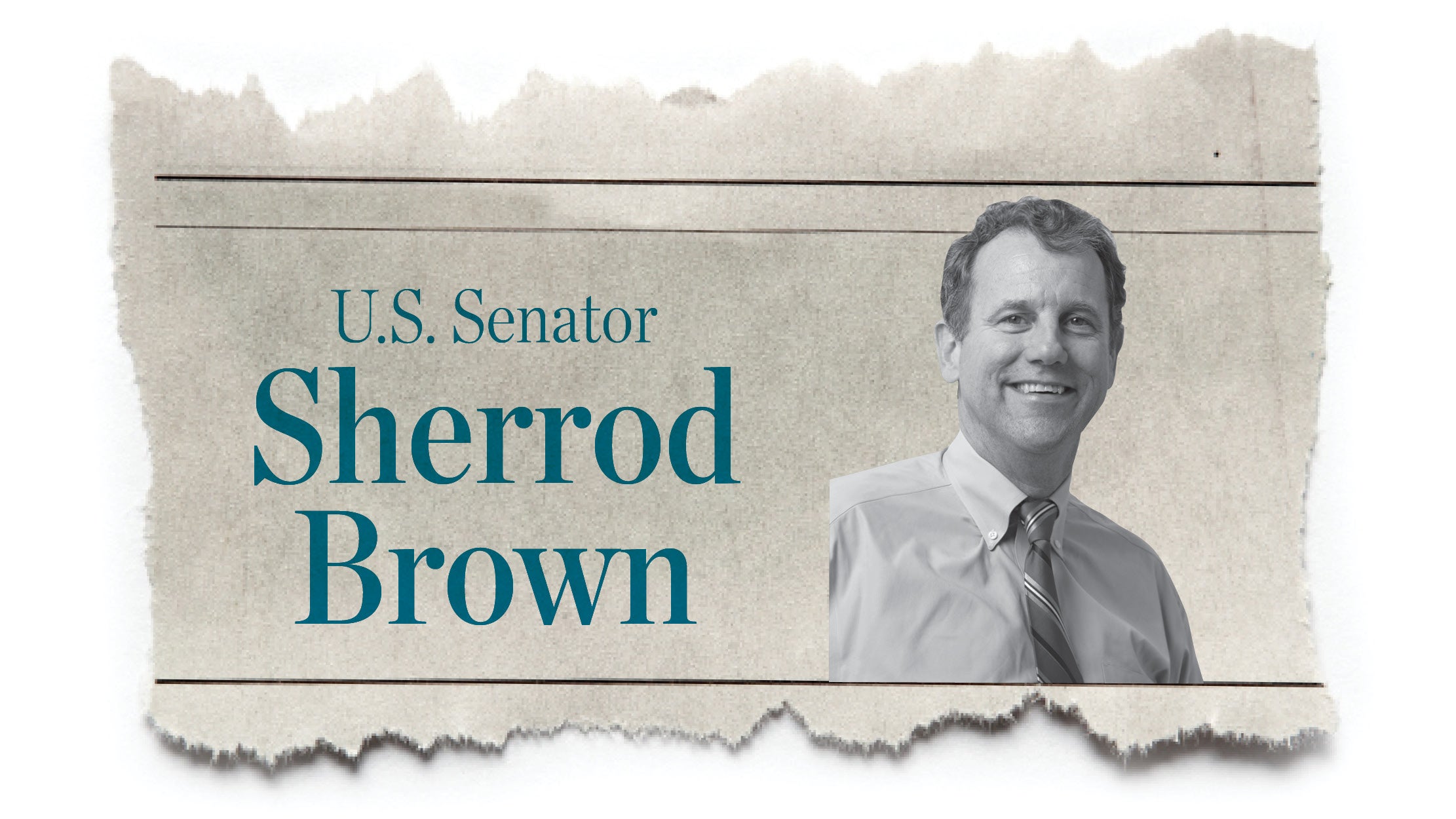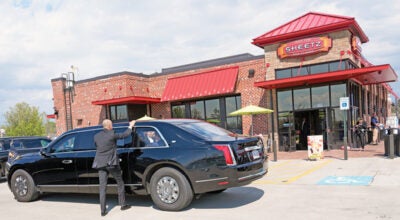Dems see hope in crowded primary
Published 10:12 am Monday, January 22, 2018
Race for Ohio’s Governor seat presents challenges
COLUMBUS (AP) — The outcome of Ohio’s historic five-way Democratic primary for governor is anyone’s guess.
The strongest positioned contenders — former federal consumer watchdog Richard Cordray and former U.S. Rep. Dennis Kucinich — look at voters’ many choices and take nothing for granted.
Longer-shot candidates, like state Sen. Joe Schiavoni and former state lawmaker Connie
Pillich, find hope in the math and geography of a crowded field.
Ohio Supreme Court Justice William O’Neill has an earlier surprise victory in his pocket and a name with ballot appeal.
Roughly 1 million votes will be up for grabs in the Democratic contest coming in May, meaning between 250,000 and 350,000 votes could carry the day.
A look at some of the factors to watch heading into the May 8 primary election:
GEOGRAPHY
About 40 percent of Ohio’s Democratic primary voters live in northeast Ohio.
Every campaign will argue it’s fighting to win votes across the state, but this is an area where candidates will clearly be competing for the attention of the electorate.
Both Kucinich and O’Neill are from Cuyahoga County and the running mates to Kucinich, O’Neill and Cordray are all from this region.
Cordray picked former U.S. Rep. Betty Sutton, a former gubernatorial rival with strong roots in the area, as his running mate.
Schiavoni is working to woo voters in his native Youngstown and blue-collar towns like it, including Toledo and Canton, which aren’t represented on any Democratic ticket. He picked a running mate who’s represented central and Appalachian Ohio counties on the state school board.
Pillich, of the Cincinnati area, is the lone southwest Ohioan in the race. Her running mate is from Marion, a Republican-heavy rural area otherwise unrepresented on Democratic tickets.
THE MATH
No precedent exists for predicting the 2018 Democratic primary’s outcome, but a few mathematical clues could be useful.
Only 1.3 million voters — a mere 17 percent of Ohioans registered — cast ballots in Ohio’s most recent Democratic gubernatorial primary, in 2014. Cuyahoga County Executive Ed FitzGerald won the nomination with 83 percent of the vote, or 366,056 votes.
Longshot candidate Larry Ealy, a former male stripper from the Dayton, won about 74,000 votes that year. He’s signaled he’ll run again this year, but hasn’t yet filed paperwork.
Democratic strategist Jim Ruvolo said the closest comparable contest may be the 1982 Democratic gubernatorial primary, a contest between three party heavyweights: Richard Celeste, Jerry Springer and then-Attorney General William J. Brown.
Celeste won with 440,000 votes to Brown’s 380,000 and Springer’s 210,000.
“I think every Democrat, man or woman, is looking for a winner,” Ruvolo said. “I think that’s going to be the No. 1 thing that these candidates have to prove to Democratic primary voters. We’ve been in the wilderness too long.”





